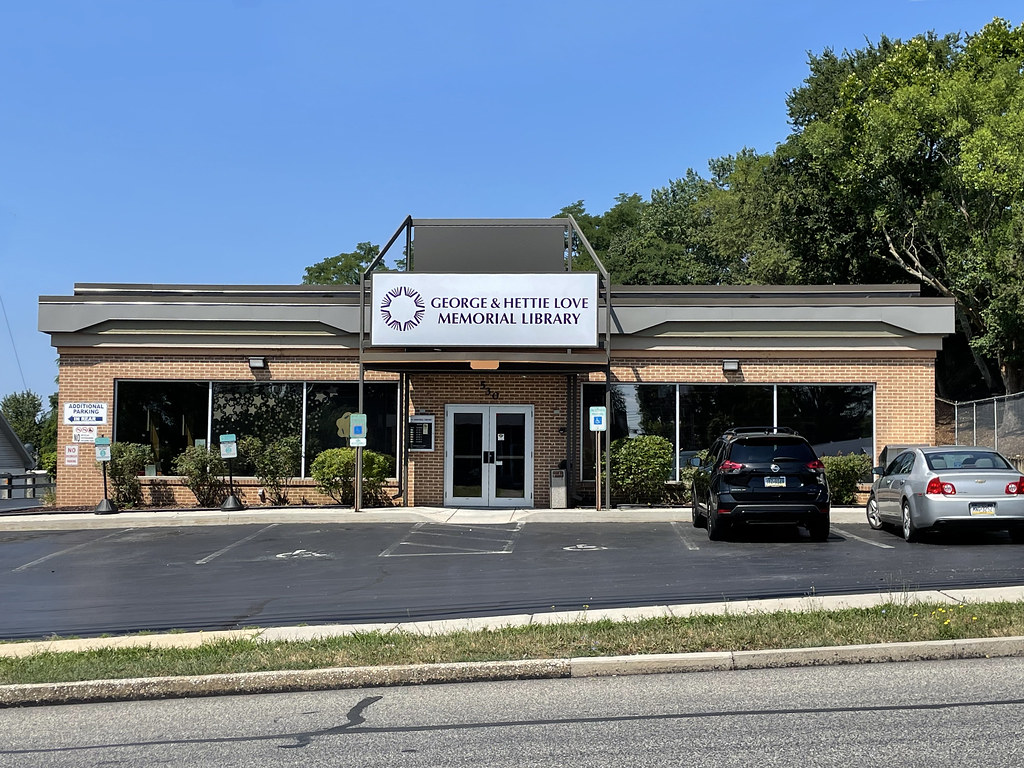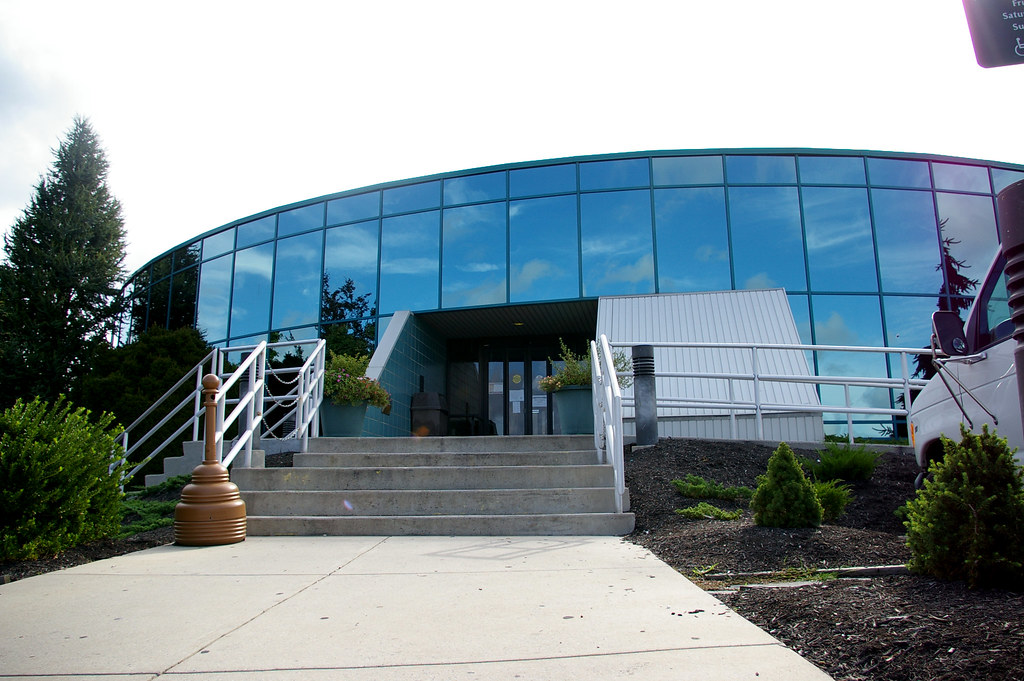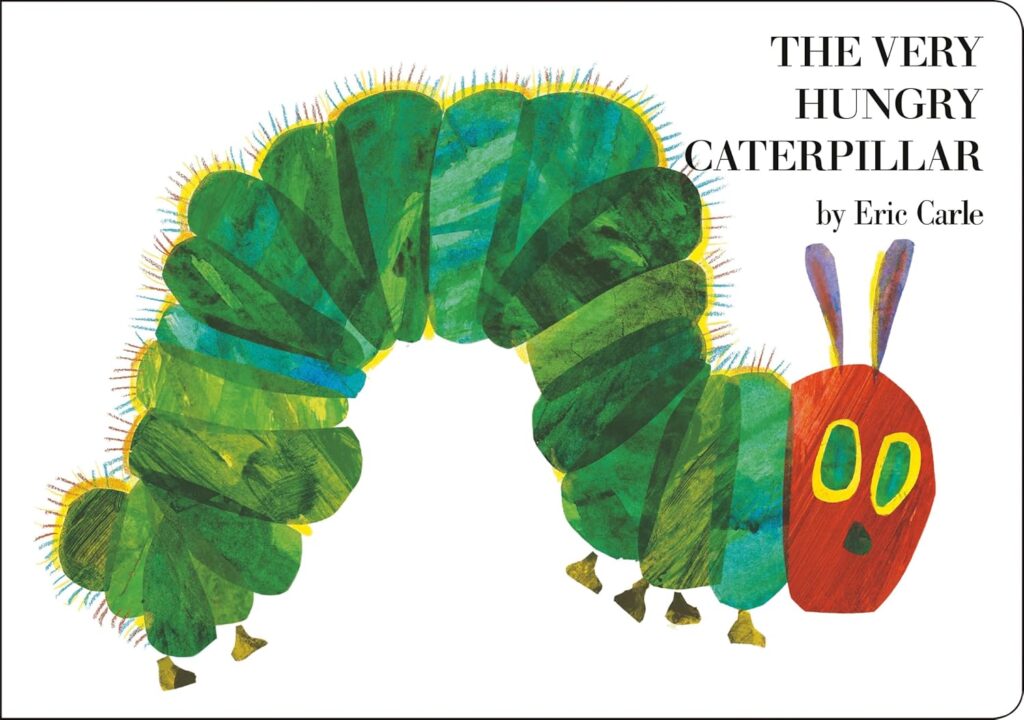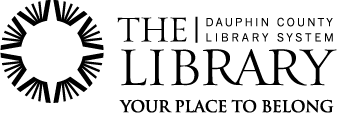Luke Blum is our Account Executive at iHeart Media. We’ve been working with him for almost two years.
It’s been great to be involved with the Dauphin County Library System. It’s something that that means a lot to me. The Library is always there, trying to help folks out. It’s a center of culture. When I think of libraries, I think of culture and a gathering place. Your library can reflect your town or city and it’s full of people that care and want to help others. It’s not like those people get huge bucks to be there. They’re there because they are passionate about it and that’s something I’ve always really appreciated.
It’s really cool to be able to help spread the word about some of these events that Dauphin County Library System is having. [The Marketing team] said they didn’t want The Library to be the best kept secret anymore, and that was something that really resonated with me, so we hit the pavement pretty hard and started spreading the word. The first thing that we did as a big project was the renaming of the George & Hettie Love Memorial Library. That was really cool. We did some ads, and we did an interview on one of our shows on WHP-580. I think that did very well.

We’ve also expanded to do some podcast ads advertising different programs like Children’s Book Week.
This is something that I’m passionate about because libraries bring people together. Libraries tend to be a place where somebody who doesn’t know where else to go or who doesn’t have another place to belong can find their place and find things that they’re interested in.
I really like East Shore Library. A lot of the libraries that I’ve been to tend to be in these cool buildings. Large buildings with unique architecture. I think that the East Shore Library is one of those for sure.

I can still picture what the library looks like in the town where I grew up — Westminster, Maryland. They had garden boxes everywhere and it was a place that I looked forward to going to a lot when I was younger.

My family brought me up to appreciate books. I can remember one of the first books I ever had experienced. It was The Very Hungry Caterpillar. I loved the pictures and the illustrations.
As I grew older, I learned there’s this whole other aspect to the library: Research. That was something they taught us about when I was in high school, but I didn’t really appreciate it until I got to college and was attending Millersville University. We had a very big library there. It was a place where we spent a lot of time, and it became a place for getting work done. I would go there, almost like I would go to an office, to do research for school and for projects. I’d use databases, which many libraries offer for free. I don’t think most people realize how incredible that service is.
Now we’re in a digital age. And not enough people know that you can do more than check out books. You can check out DVDs. You can check out CDs. You can check out games. You can check out seeds, all sorts of stuff.
I think that as I got older, I started to realize that the library is a place for culture, entertainment, music, art, literature, and joy.
